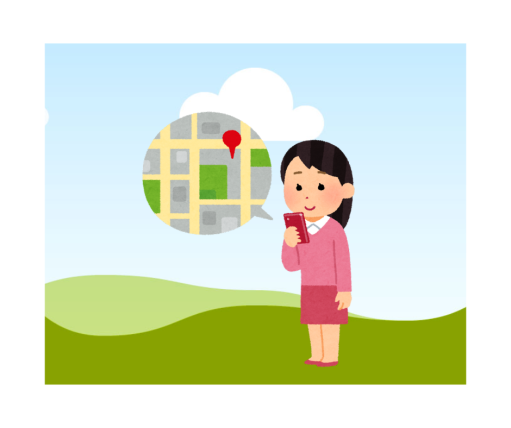Japanese addresses
 2022.08.16
2022.08.16A foreigner might notice soon after start living in Japan, especially for those who need to stay for more than 90 days and obliged to register an address at the local city hall, that Japanese addresses are rather complicated to understand. Most of people are used to locate a place by getting to know the room number, a number on the street which indicate the building location, the street name. In many countries, even numbers are on the one side of a street, odd numbers are on the opposite side. For an example, if I am looking for NO. 25 on Maple Steet, if I see the street door plate shows No. 6, I would realize I am on the wrong side of the street. Whereas the system works pretty different here in Japan. First of all, streets rarely have names in Japan. Some do, but most cases, people are traveling on national route, like route number 6 is quite commonly used in the place I live. Some streets do have names, but they have never been used for addresses.
A common Japanese address normally starts with the prefecture name, the city or town name, the district number (丁目) ,and the block number (番地), and a final number indicate the apartment name, then room name. 丁目divided the city into several bigger areas and 番地 narrow them down to smaller blocks. The streets in Japan are curved, some are long and some are very short, some are not connected with each other; besides this, most buildings are not neat and tidy, which makes it difficult to use street numbers to indicate the location. I think that’s why they have created this unique and practical way to form the address.
Let’s take a look of the address of JST Ninomiya House in Tsukuba city

However for Tokyo, the city part will be replaced with municipality, Ku(区), like Shibuya ku, Minato ku. In some other places, Gun(郡)also can be seen on an address. Both Ku and Gun can be understood as city or town.





